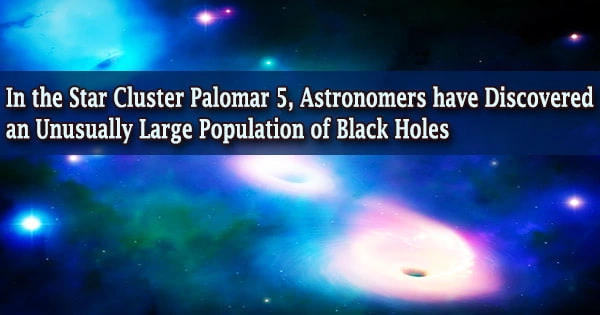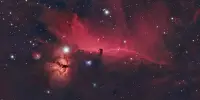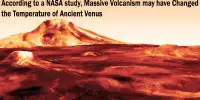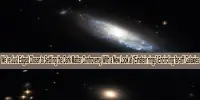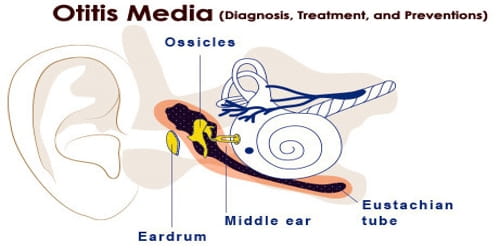Gliese 649 b, also known as Gl 649 b, is an extrasolar planet that orbits the 10th magnitude M-type star Gliese 649, located 10 parsecs from Earth. It revolves around the star Gliese 649, which is 34 light-years distant from the Sun. This planet is a sub-Jupiter with a mass of 0.328 Jupiter mass and an orbital distance of 1.135 AU. It weighs around 104.3 Earth masses and orbits its star further than the Earth orbits the Sun. Gliese 649 is a red dwarf star in the constellation Hercules that is approximately 34 light-years away from the Sun. An extrasolar planet has been discovered orbiting the star.
An exoplanet, also known as an extrasolar planet, is a planet that exists outside of the Solar System. The earliest possible evidence of an exoplanet was discovered in 1917, but it was not recognized as such at the time. In 1992, the first confirmation of detection occurred. A separate planet was discovered in 1988 and verified in 2003. There are 4,905 confirmed exoplanets in 3,629 planetary systems as of 1 January 2022, with 808 systems having more than one planet.
GJ 649 b is a gas giant exoplanet in the habitable zone of an M-type star. It has a mass of 0.328 Jupiters, takes 1.6 years to complete one orbit of its star, and is located 1.135 AU away from it. It was discovered in 2009, and its finding was announced.

Exoplanet discovery has heightened interest in the quest for extraterrestrial life. Planets that orbit in a star’s habitable zone, where liquid water, a necessary for life on Earth, can exist on the surface, are of particular interest. However, the study of planetary habitability takes into account a wide range of other factors in determining a planet’s fitness for sustaining life. On average, each star has at least one planet. One in every five Sun-like stars[a] has a “Earth-sized”[b] planet in the habitable zone.
The majority of known exoplanets orbit stars that are approximately similar to the Sun, namely main-sequence stars in the spectral classifications F, G, or K. Lower-mass stars (red dwarfs, spectral type M) are less likely to host planets large enough to be found using the radial-velocity approach. Despite this, the Kepler mission, which employs the transit method to locate smaller planets, has detected tens of planets orbiting red dwarfs.
Using Kepler data, researchers discovered a link between a star’s metallicity and the likelihood that the star is home to a large planet the size of Jupiter. Higher metallicity stars are more likely to have planets, particularly large planets, than lower metallicity stars.

